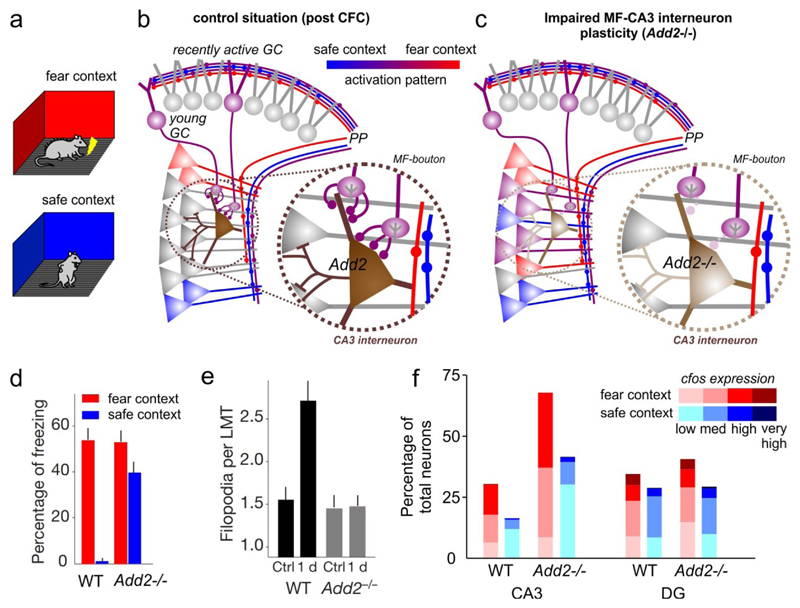Fig. 4. DG function in discriminatory contextual fear conditioning (CFC).
a | Schematic of discriminative CFC. b | Illustration of the physiological DG and CA3 activation patterns evoked by overlapping PP-inputs encoding similar contexts. Young and mature GC show similar activity patterns in both contexts. Young- and recently-active GCs potently recruit feed-forward inhibition45,89 and may thus suppress firing of CA3 pyramidal cells with overlapping synaptic input-patterns between the two contexts. This could spare less overlapping CA3 ensembles forming context-unique representations. c | Activation pattern as in b in a mouse model where MF-plasticity onto CA3 feed-forward interneurons was disrupted genetically by knocking out the gene encoding adducin 2 (Add2)47. Releasing CA3 from MF-recruited feed-forward inhibition unmasks the activation of larger CA3 ensembles with more overlapping activity between the two contexts.

